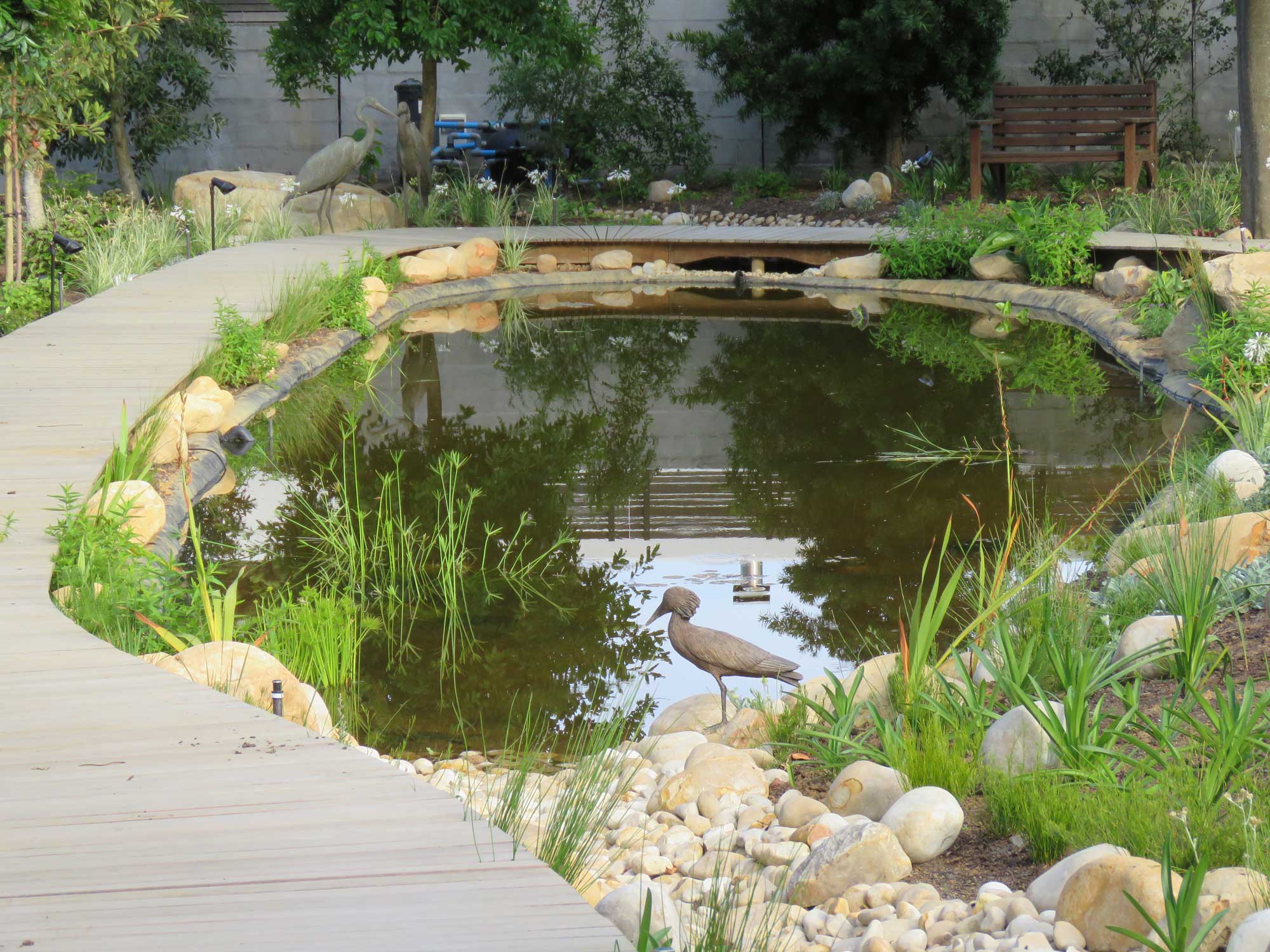Sustainable drainage system

01 October 2015
English
uKESA Librarian, Llewellyn van Wyk
Book chapter
Council for Scientific and Industrial Research
Africa
Conventional human settlement formation creates hard surfaces which impede the natural absorption of rainfall into the ground. Water collected from these hard surfaces has to be conveyed to some end destination where it is discharged. This has a number of negative consequences namely:
- The construction, operation and management of a significantly large stormwater collection and disposal system
- Risk of flash flooding if the system is blocked or is inadequately designed
- Potential for malfunctioning under extreme rainfall events
- Potential downstream flooding
- Potential pollution dispersal
- Potential contamination of groundwater sources
- Groundwater reservoirs are not replenished
- Waste of a scarce resource
- No amenity value
A sustainable drainage system (SuDS) however, is designed to reduce the potential impact of new and existing developments with respect to surface water drainage discharges. The aim of a sustainable drainage system is to “replicate natural systems along with the policy and technological interventions” – hence its classification as Green Infrastructure (GI).



Comments